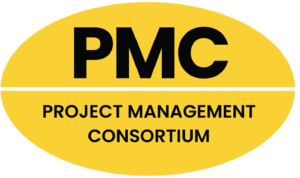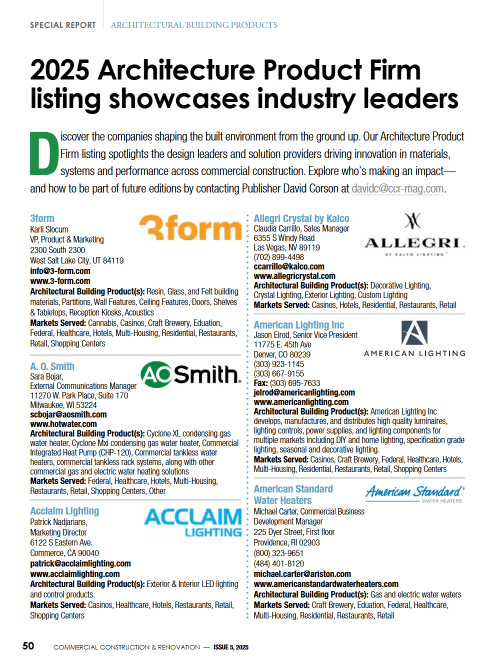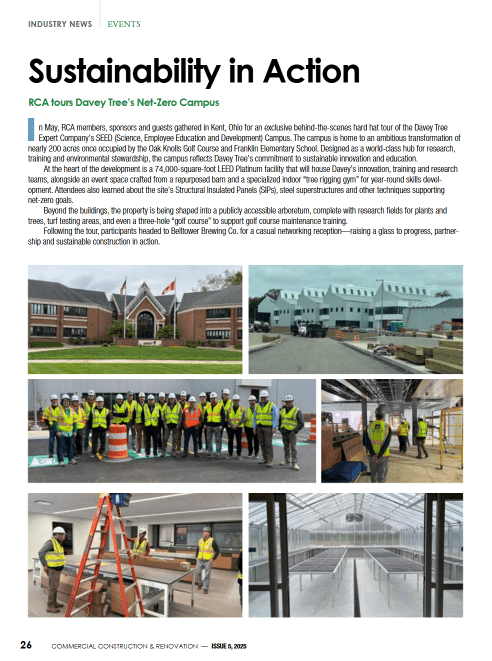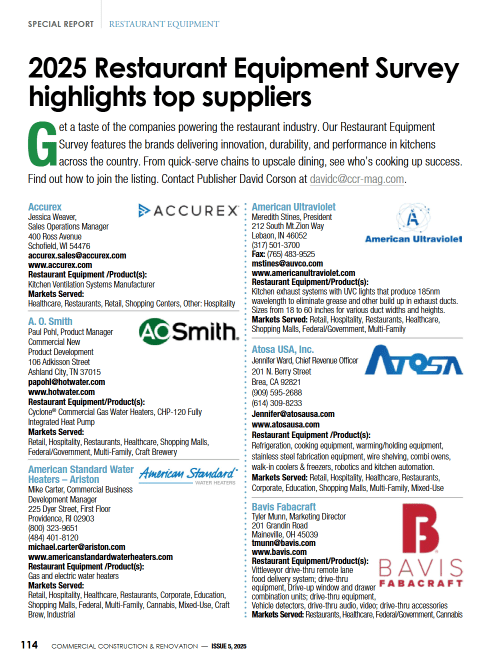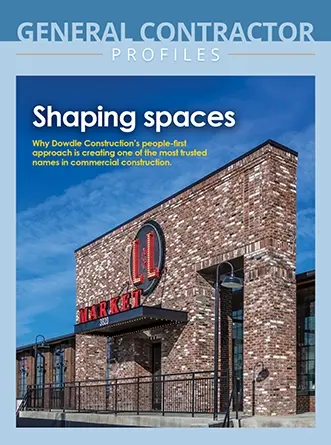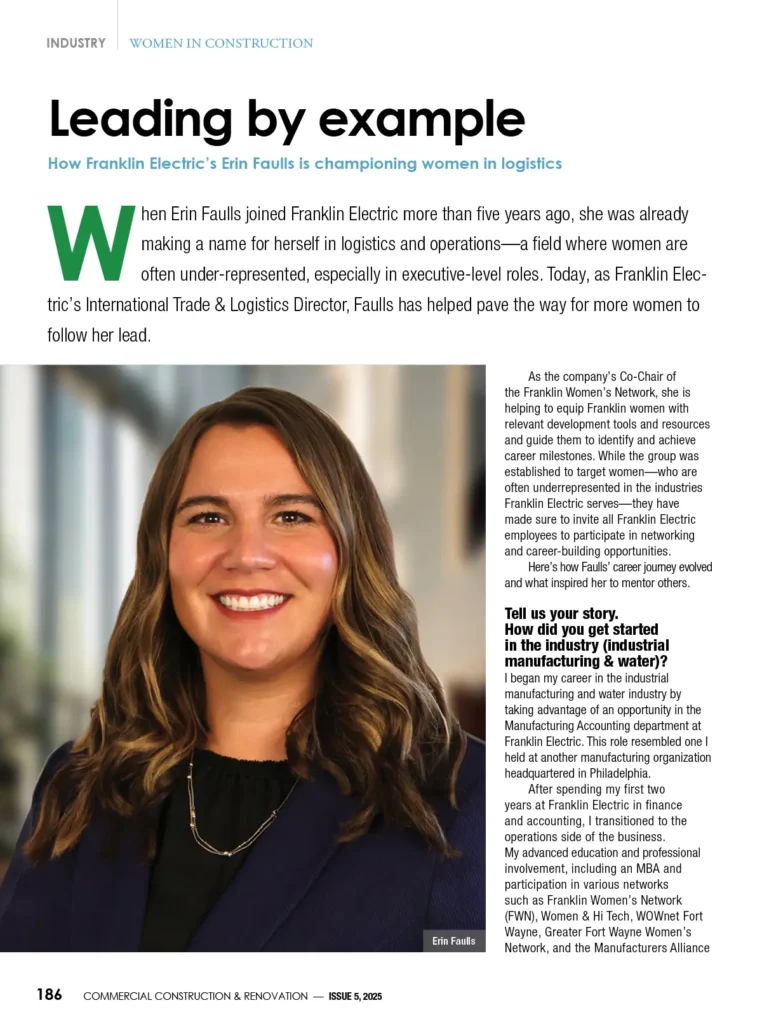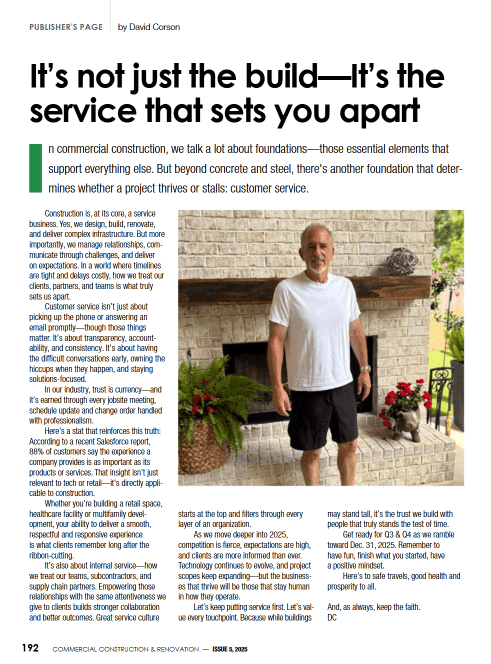No. 1 — What are the main concerns with filling the labor gap of 430,000-plus workers in the construction industry?
One of the main concerns with filling this large labor gap is how to do so in a safe manner. When the supply of construction workers fails to meet the high demand, it is more likely that the hiring process will be expedited and many contractors will attempt to onboard new hires into their role as quickly as possible.
Companies also may be inclined to put employees not experienced in field management into supervisory positions to deal with the influx of new workers. This practice also compromises safety on a project as supervisors are typically the people ensuring safe work practices are consistently implemented and followed.
However, the construction industry already faces more numerous and dangerous risks than other jobs. By forcing new hires into their role without proper understanding of safety training and onsite risks, management is jeopardizing their new workers and increasing the likelihood that their workers will succumb to serious injuries and fatalities.
Despite the need to fill this labor gap, contractors need to prioritize the safety of their new employees with in-depth, rigorous safety training and ensure that they can prove their comprehension of those training requirements. Companies need to ensure that safety never takes a backseat to production.
Construction contractors are exposed to a variety of elements on a jobsite; knowing what to expect prior to arrival can reduce work-related anxiety and stress.
No. 2 — How can businesses effectively onboard thousands of workers to fill the construction labor gap while prioritizing worker safety?
Successful onboarding starts with a strong partnership and open communication between a contractor company and the hiring organization. Understanding the hiring organization’s requirements and expectations are key to a contractor’s success. It requires involvement from the contractor before, during and after the work.
Contractors need to focus on implementing a robust training process both for the training of their safety policies and procedures as well as conducting performance evaluations to ensure each employee has the proper skillset for the task they’re expected to perform. Identifying mentors to pair with newer employees is also key.
It is important for a contractor to extend their safety practices beyond the company level. Businesses need to spend time reviewing contractor policies and training workers thoroughly before they even consider placing them onsite. Placing a focus on individual level training and ensuring contractor employee competency is essential.
Contractors are leveraging technology as a response to emerging risks and evolving landscapes, like understaffing. Providing accessible training electronically to thousands of contractor employees can positively impact safety performance and lead to cost and time savings.
No. 3 — What kind of training can help bridge the gap between written safety policies and on-site job performance?
When we discuss bridging this gap, it brings to mind a process we utilize at ISN, to assess the implementation of contractors’ written programs within field-level employees through evaluations.
There are three questions asked that are designed to ensure that written safety policies translate to workers’ job performance. The first is “Do you have it?” and this means inquiring if your organization has the proper written programs and policies in place.
The second question is “Do you know it?” which involves proving that employees understand the written policies. This is typically measured by employee responses to questions to show evidence of knowledge on those company programs.
The final question is “Do you use it?” which is demonstrated by discussions with management and documentation to support their answers, such as completed investigations, jobsite audits and toolbox talks.
For contractors that have both safety policies and training in place, it is critical for workers to use the training by applying their understanding of the policies to the tasks they are performing. Every task required of workers onsite should be able to tie back to a specific training they received or a policy their company has. This also can be reinforced through the use of pre-job toolbox meetings and job hazard analysis reviews to ensure jobsite safety has been reviewed prior to starting the task.
For contractors that have both safety policies and training in place, it is critical for workers to use the training by applying their understanding of the policies to the tasks they are performing.
No. 4 — How can creating a safety culture be effective in reducing injuries?
Maintaining a proper safety culture can be key to reducing injuries in the construction industry. The core feature of a healthy safety culture is the awareness, commitment, and comfort level of organizations and individuals around ensuring they have appropriate training and support to speak up. When workers feel comfortable to stop work authority and report near misses, this can significantly reduce the amount of injuries occurring onsite. Positive peer pressure works well to build and maintain a site culture.
Receiving feedback on your organization’s safety culture through perception surveys is another essential step in creating a better safety culture. While productivity is essential in the construction industry, putting employees in a position to complete a job as fast as they can is not aligned with a culture focused on safety.
Organizations that prioritize productivity first are more likely to have a higher number of incidents. Online surveys can help organizations manage their safety by encouraging employees to provide a comprehensive review of the safety culture.
No. 5 — It’s possible that filling this gap can result in mental health challenges, an issue historically affecting the construction industry. What can employers do to help address this?
Mental health and stress have a big impact on workplace safety, as they can affect a person’s focus, which is key to a safe work environment. Employees need to stay attentive when it comes to safety, or lapses in judgement can result in serious consequences, not only for the employee but also, on multi-employer sites, others working around them. It is essential to have someone that is trained to recognize the effect of mental health on employees and ensure fatigue management and fit for duty programs are in place, which can be easily overlooked.
The best way employers can address both mental health and stress of their employees is to implement and promote educational campaigns around the symptoms related to both topics and develop resources to assist employees in dealing with mental health and stress issues.
Most importantly, employees should keep an open door policy with Human Resources, letting employees know it’s acceptable to come and seek help when needed without fear of being looked down upon or of retribution for reporting.
Employers also should promote wellness strategies and encourage time off to recharge. In addition, providing online training courses to contractor employees prior to working onsite can help create a higher level of comfort regarding expectations. Construction contractors are exposed to a variety of elements on a jobsite; knowing what to expect prior to arrival can reduce work-related anxiety and stress.
Companies also need to focus on training field supervision to identify possible fatigue or mental health issues and be prepared to guide employees to where they can receive assistance, such as a company’s Employee Assistance Program.
Richard Cerenzio is the Corporate Health, Safety, Environment and Sustainability Senior Technical Director at ISN.










